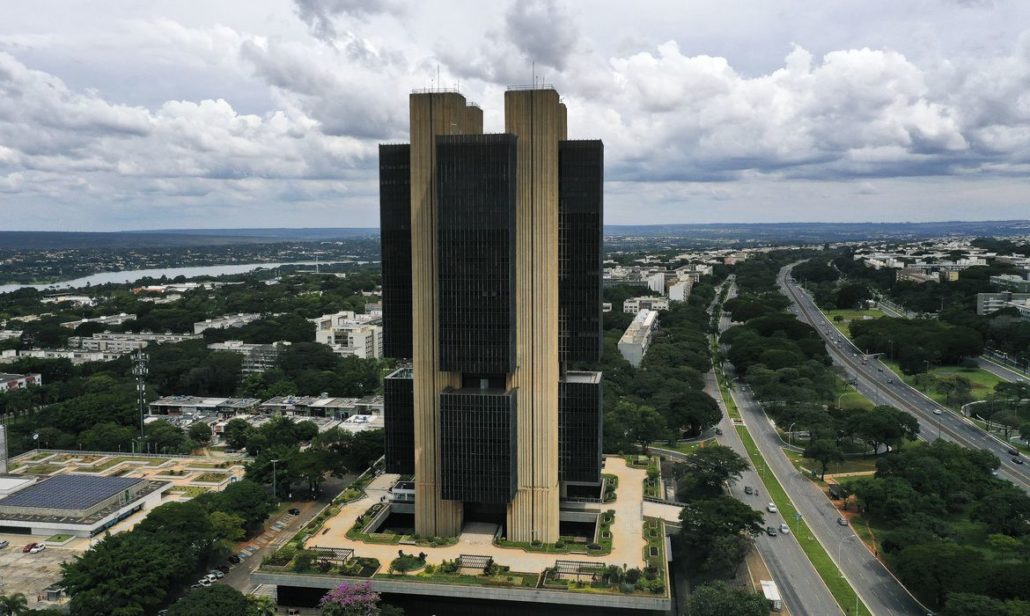Forest Stewardship Council will ease rules for handling of land in the Amazon
10/18/2022

The general assembly of the Forest Stewardship Council (FSC), held in Bali, made a decision that makes the management of so-called “intact forests” viable. The immediate impact for Brazil is that the measure will avoid, in the next two years, the loss of the “green label” on products originating from 2.7 million hectares in the Amazon.
Forest certification labels certify that the management is environmentally correct, socially just, and economically viable. In 2014, NGO Greenpeace managed to approve at the FSC general assembly that this green label would only be given to those who put 80% of their land as “intact forest” — that is, absolute protection in almost the entire area, without roads, production, or any activity.
When the mapping of forests began, however, the realization came that the requirement was too harsh and made the forestry business economically unviable. In 2017, a new FSC assembly softened the situation. It established that, until the issue was resolved, certification could be offered to those who kept at least 50% of the area as “intact forest.”
Now, in Bali, a motion by the International Tropical Timber Technical Association (Atib), developed by FSC members from the Congo Basin and Latin America, proposed a definitive solution. After negotiations, the general assembly decided to allow the establishment at the national level of how much absolute reserve it will be possible to make. The percentage will probably be between 20% and 30% of the total area.
For the Swiss group Precious Woods, which operates in Brazil, the decision was a relief. Without the measure, its subsidiary Mil Madeiras, located in Itacoatiara (Amazonas), would have lost FSC certification for 493,000 hectares in two years, or 18.2% of the total in the Amazon, according to its estimates.
“This would have made our operations in Brazil unviable because we could not manage much of the forest,” said Markus Pfannkuch, the company’s head of sustainability.
Precious Woods works with native forests, not plantation forests. According to the executive, the maximum used is two or three trees per hectare every 35 years — after felling, this area is no longer managed for 35 years. The group performs the transformation in its sawmill and exports about 40 different types of certified wood to Europe, the United States, and Asia. Mil Madeiras has 755 employees.
When asked about the controversy abroad regarding the image of the current Brazilian government on the environmental front, Mr. Pfannkuch answered that his clients have known the company for a long time and that it only works with certified wood. On its website, Precious Woods says it was created to prove that it is possible to invest in sustainable projects, with economic viability and social and environmental responsibility. In 2017, it was the first forest management company in Brazil to obtain the forest certification label.
For the executive, the new FSC decision that makes the management of “intact forests” viable may attract “green” investments to Amazon. The certification, which was not possible before, now opens the way for more forestry companies to operate in that biome.
“Forest concessions in the Amazon demand certification and the rule didn’t allow it,” said Lineu Siqueira Junior, co-founder of FSC and a member of its Policies and Standards Committee. “What has no value becomes fire and pasture, illegal timber theft, mining, everything bad that can be thought of, as is happening in some places in the Amazon.”
For Mr. Siqueira Junior, “when you add value to the forest — and, at the same time, have control over how it is exploited— it is possible to keep it forever.”
During the assembly in Indonesia, the FSC also changed a “golden rule” for new forests. Previously, the council would not give certification for forests in areas cleared after 1994. Now, it will allow certification of areas that were converted (deforested) between 1994 and the end of 2020, provided that strict compensation criteria are met.
*By Assis Moreira — Geneva
Source: Valor International

/i.s3.glbimg.com/v1/AUTH_37554604729d4b2f9f3eb9ad8a691345/internal_photos/bs/2022/s/d/fENOokTHmhTEtMvuKe4Q/18fin-200-santa-c2-img01.jpg)
/i.s3.glbimg.com/v1/AUTH_37554604729d4b2f9f3eb9ad8a691345/internal_photos/bs/2022/e/H/tAoP6zTASdBOBefVfBvQ/18emp-100-eldo-b3-img01.jpg)
/i.s3.glbimg.com/v1/AUTH_37554604729d4b2f9f3eb9ad8a691345/internal_photos/bs/2022/J/3/yioFz7RpSIKcmGCpUbUA/18bra-100-solar-a4-img01.jpg)
/i.s3.glbimg.com/v1/AUTH_37554604729d4b2f9f3eb9ad8a691345/internal_photos/bs/2022/a/i/Lj61PCRXuiltI8NHhZ1Q/17agr-100-acucar-b10-img02.jpg)

/i.s3.glbimg.com/v1/AUTH_37554604729d4b2f9f3eb9ad8a691345/internal_photos/bs/2022/0/M/LcJlPGQJ2jBbD9zuAJdQ/140922aco-20verde21.jpg)
/i.s3.glbimg.com/v1/AUTH_37554604729d4b2f9f3eb9ad8a691345/internal_photos/bs/2022/q/X/B5JRwvRUKgoaqfio38vw/27emp-300-abimaq-b4-img01.jpg)
/i.s3.glbimg.com/v1/AUTH_37554604729d4b2f9f3eb9ad8a691345/internal_photos/bs/2022/M/r/R0pjTATJCiKlrA2bHBjg/14agr-300-boher-b10-img01.jpg)
/i.s3.glbimg.com/v1/AUTH_37554604729d4b2f9f3eb9ad8a691345/internal_photos/bs/2022/2/B/b5XmeNTPKG00Nn0htteQ/14fin-100-vale-c6-img01.jpg)